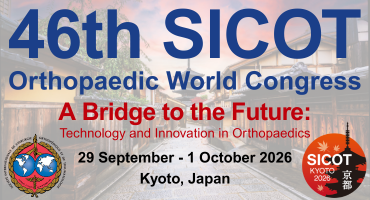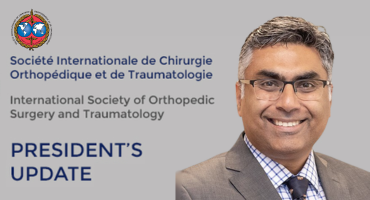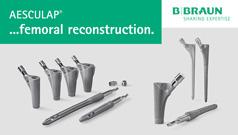Foreword
 Maps and guides are essential to all who seek destinations, who know where they want to go but who need help to get there. All trainees determined to become successful surgeons need similar maps in the form of educational objectives which will help them reach their destinations. Maps, as with educational objectives, must be kept up-to-date when necessary, as new knowledge becomes available. SICOT is dedicated to the improvement of orthopaedic surgery throughout the world. The most certain way of achieving its goal is to help in the education of surgeons. We have borrowed the Educational Objectives of the Canadian Orthopaedic Association to help us in our task. These objectives provide a guide to a basic orthopaedic training or education. They set a standard for trainees to achieve and assure the trainee of an acceptable level of knowledge. They can inform examiners of what a candidate should know at the end of training. Regional and local knowledge requirements can be added to reflect the incidence of endemic disease. It is our hope that these Educational Objectives will form a part of the training in most SICOT member countries and help to provide a common link between universities or teaching hospitals in all our nations.
Maps and guides are essential to all who seek destinations, who know where they want to go but who need help to get there. All trainees determined to become successful surgeons need similar maps in the form of educational objectives which will help them reach their destinations. Maps, as with educational objectives, must be kept up-to-date when necessary, as new knowledge becomes available. SICOT is dedicated to the improvement of orthopaedic surgery throughout the world. The most certain way of achieving its goal is to help in the education of surgeons. We have borrowed the Educational Objectives of the Canadian Orthopaedic Association to help us in our task. These objectives provide a guide to a basic orthopaedic training or education. They set a standard for trainees to achieve and assure the trainee of an acceptable level of knowledge. They can inform examiners of what a candidate should know at the end of training. Regional and local knowledge requirements can be added to reflect the incidence of endemic disease. It is our hope that these Educational Objectives will form a part of the training in most SICOT member countries and help to provide a common link between universities or teaching hospitals in all our nations.
Acknowledgements
SICOT is pleased to acknowledge the generosity of the Canadian Orthopaedic Association in providing the material for this publication. Special thanks go to Dr Garth Johnston and Dr Merv Letts of Ottawa, Canada.
Anthony J. Hall, Secretary General of SICOT, 1993-2002
Charles Sorbie, President of SICOT, 1996-1999
Please click here to download the PDF file of the SICOT Training Manual.

















